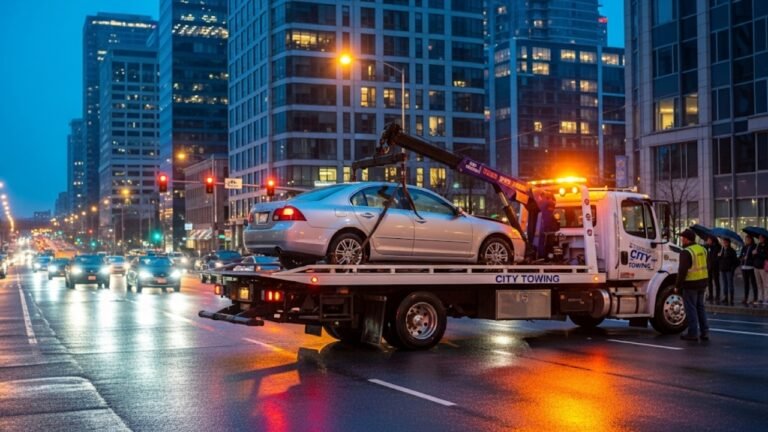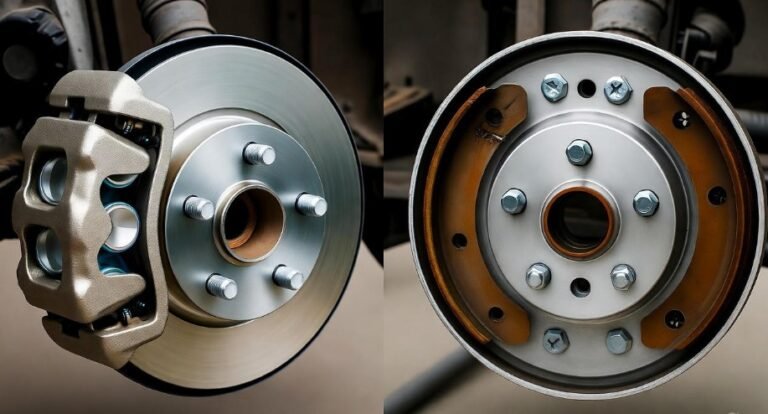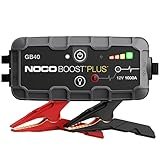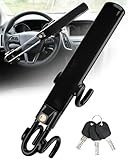Pulsar 150 Rear Disc Brake Kit Price
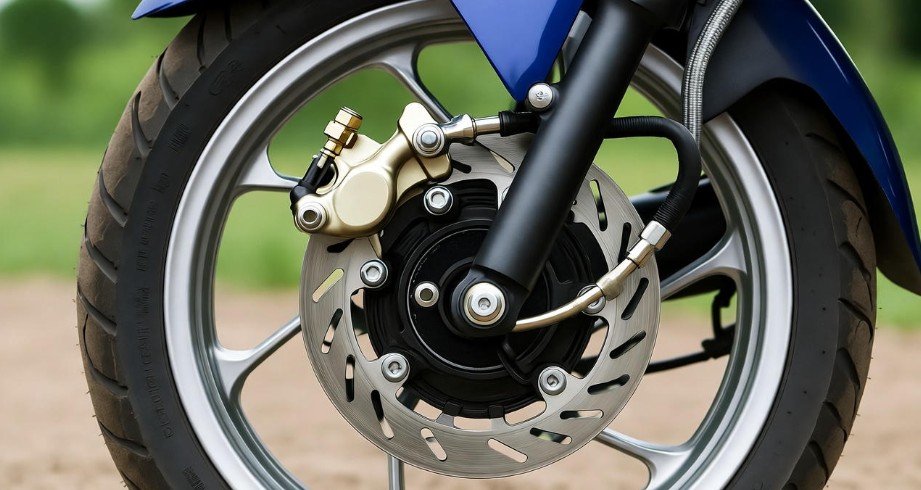
The price for a Pulsar 150 rear disc brake kit can range from approximately $50 to $150 USD, depending on the brand, quality, and whether it’s an original equipment manufacturer (OEM) part or an aftermarket upgrade.
Key Takeaways
- Research brands for Pulsar 150 rear disc brake kits.
- Compare prices across various online and local retailers.
- Check for kit completeness (caliper, disc, master cylinder, lines).
- Factor in potential installation costs if not doing it yourself.
- Consider OEM vs. aftermarket options for your budget and needs.
- Read reviews to gauge part quality and durability.
Upgrading your motorcycle’s braking system is a smart move for enhanced safety and performance. If you own a Bajaj Pulsar 150 and are considering a rear disc brake conversion, you’re likely wondering about the “Pulsar 150 Rear Disc Brake Kit Price.” This upgrade can significantly improve stopping power and feel, especially in demanding riding conditions. Navigating the options can seem a bit daunting, with varying prices and components. But don’t worry, we’ll break down everything you need to know, from what’s typically included in a kit to where you can find the best deals. Let’s get your Pulsar 150 stopping better than ever!
Understanding the Pulsar 150 Rear Disc Brake Upgrade
The Bajaj Pulsar 150 is a popular motorcycle known for its sporty looks and agile performance. While many modern bikes come standard with rear disc brakes, some older or specific variants of the Pulsar 150 might feature a drum brake setup at the rear. Upgrading to a rear disc brake offers several advantages. Disc brakes generally provide more consistent and powerful braking, better heat dissipation (reducing brake fade), and a more direct feel through the brake lever or pedal. This can be particularly beneficial for spirited riding or carrying a passenger.
A complete rear disc brake kit for a Pulsar 150 typically includes several key components that work together to provide the braking force. Understanding these parts is crucial when comparing prices and ensuring you get a comprehensive solution. The price you see advertised is usually for the entire package, not just individual pieces.
Components of a Pulsar 150 Rear Disc Brake Kit
When you’re looking at the “Pulsar 150 Rear Disc Brake Kit Price,” it’s important to know what you’re getting for your money. A well-assembled kit should include the following essential parts:
- Brake Caliper: This is the part that clamps onto the brake disc to create friction. It houses the brake pads.
- Brake Disc (Rotor): The metal disc that spins with the rear wheel. The caliper presses the brake pads against this disc to slow down the wheel.
- Master Cylinder: Usually mounted near the foot controls, this component converts the mechanical force from your foot into hydraulic pressure.
- Brake Lines (Hoses): These carry the hydraulic fluid from the master cylinder to the caliper.
- Brake Lever/Pedal Assembly: While sometimes sold separately or integrated into existing controls, a complete kit might include the portion that actuates the master cylinder.
- Mounting Hardware: Bolts, brackets, and other small parts needed to attach the caliper and disc to the motorcycle.
Some kits might also include brake fluid and potentially even a new rear brake fluid reservoir. Always check the product description carefully to understand exactly what’s included in the kit you are considering. Missing a single component can lead to unexpected additional costs and delays.
Factors Influencing Pulsar 150 Rear Disc Brake Kit Price
The cost of a Pulsar 150 rear disc brake kit isn’t fixed. Several factors contribute to the variation in pricing you’ll encounter. Understanding these will help you make an informed decision and find a kit that fits your budget without compromising on quality.
Brand and Manufacturer Reputation
Just like with any automotive part, some brands are more established and command higher prices due to their reputation for quality, durability, and performance. Original Equipment Manufacturer (OEM) parts from Bajaj will often be more expensive than aftermarket options from companies specializing in performance or replacement parts. High-end aftermarket brands known for racing or performance upgrades will also carry a premium.
Quality of Materials
The materials used in manufacturing the brake components play a significant role in their price and performance. For example, brake discs made from higher-grade stainless steel or alloys might cost more but offer better resistance to wear and heat. Similarly, the quality of the caliper pistons and seals can affect longevity and braking consistency.
Kit Completeness
As mentioned earlier, the number of components included in the kit directly impacts its price. A bare-bones kit might only contain the caliper and disc, requiring you to source the master cylinder, lines, and hardware separately. A full, ready-to-install kit will naturally be more expensive but can save you time and hassle.
New vs. Used Parts
While less common for complete kits, you might find individual components or even used kits at a lower price point. However, buying used brake parts carries significant risks, as their condition and remaining lifespan are often uncertain. For critical safety components like brakes, new parts are generally recommended.
Retailer and Location
Prices can vary between online retailers, local motorcycle shops, and dealerships. Online stores often have lower overheads, potentially leading to more competitive pricing. However, local shops can offer expert advice and immediate availability. Prices can also fluctuate based on your geographical location due to shipping costs and local market demand.
Typical Price Ranges for Pulsar 150 Rear Disc Brake Kits
Based on market research and common offerings, here’s a general idea of what you can expect to pay for a Pulsar 150 rear disc brake kit. These are estimates and can vary.
| Kit Type | Estimated Price Range (USD) | Description |
|---|---|---|
| Basic Aftermarket Kit | $50 – $90 | Often includes caliper, disc, and basic mounting hardware. May require sourcing master cylinder and lines separately. |
| Standard Aftermarket Kit | $90 – $150 | Typically includes caliper, disc, master cylinder, brake lines, and mounting hardware. Good balance of cost and completeness. |
| OEM (Original Equipment Manufacturer) Kit | $150 – $250+ | Genuine Bajaj parts, ensuring perfect fitment and quality. Usually the most expensive option. |
| Performance Aftermarket Kit | $150 – $300+ | High-quality components from performance brands, potentially offering superior stopping power and durability. |
It’s important to remember that these prices are for the kit components only. Installation costs, if you opt for professional fitting, will be additional. We’ll explore those costs later.
Where to Find Pulsar 150 Rear Disc Brake Kits
Finding the right kit at the right price involves knowing where to look. Here are some of the most common places to search:
- Online Motorcycle Parts Retailers: Websites like Amazon, eBay, AliExpress, and specialized motorcycle parts stores are great resources. They often have a wide selection from various brands and competitive pricing.
- Local Motorcycle Shops: Your neighborhood mechanic or motorcycle dealership can be a good source for parts. They can offer personalized advice and ensure you get the correct parts for your specific Pulsar 150 model year.
- Bajaj Dealerships: For genuine OEM parts, a Bajaj authorized dealership is your best bet.
- Forums and Communities: Motorcycle forums dedicated to Bajaj or Pulsar models can sometimes have recommendations for suppliers or even individuals selling parts.
When shopping online, always verify the seller’s reputation and read product reviews carefully. Look for detailed product descriptions and clear images to ensure the kit is compatible with your Pulsar 150 model.
Installation Considerations and Costs
The “Pulsar 150 Rear Disc Brake Kit Price” is only part of the total expense. Installation is another crucial factor to consider. If you are mechanically inclined and have the right tools, you might be able to install the kit yourself. However, for many riders, professional installation is the preferred route to ensure safety and proper function.
DIY Installation
Tools Required (typically):
- Wrench set (metric)
- Socket set (metric)
- Torque wrench
- Allen keys
- Brake line flaring tool (if lines are not pre-assembled)
- Brake fluid bleeding kit
- Jack stands or motorcycle lift
- Safety glasses and gloves
A DIY installation can save you a significant amount on labor costs. However, it requires a good understanding of motorcycle mechanics, proper torque specifications, and the process of bleeding hydraulic brakes. Incorrect installation can lead to dangerous brake failure.
Professional Installation Costs
If you choose to have the kit installed by a professional, expect to pay for labor. The cost can vary widely depending on the labor rates in your area and the complexity of the installation.
Estimated Labor Costs:
- General Motorcycle Shop: $100 – $250 USD for installation.
- Dealership: $150 – $300+ USD for installation.
These are rough estimates. It’s always best to get a quote from your chosen mechanic before agreeing to the work. Some shops may offer package deals if you purchase the kit through them.
Choosing the Right Kit for Your Pulsar 150
With various options available, selecting the best Pulsar 150 rear disc brake kit depends on your priorities. Are you looking for the cheapest option, the best performance, or a balance of both?
OEM vs. Aftermarket: A Comparison
OEM (Original Equipment Manufacturer):
- Pros: Guaranteed fitment, known quality and reliability, often comes with a warranty.
- Cons: Generally more expensive, might not offer performance upgrades.
Aftermarket:
- Pros: Wider range of prices, potential for performance enhancements, diverse brands to choose from.
- Cons: Quality can vary significantly, fitment might not be as precise as OEM, requires careful research to find reputable brands.
What to Look for in Aftermarket Kits
When considering aftermarket options, pay close attention to:
- Brand Reputation: Research brands known for quality motorcycle components. Look for reviews from other Pulsar 150 owners if possible.
- Material Quality: Check descriptions for the type of steel used in the rotor and the quality of the caliper seals.
- Completeness: Ensure the kit includes all necessary components for a full conversion.
- Warranty: A good warranty can be a sign of a manufacturer’s confidence in their product.
Optimizing Your Pulsar’s Braking Performance
Once you’ve installed your new rear disc brake kit, there are a few steps you can take to ensure optimal performance and longevity. This isn’t just about the initial “Pulsar 150 Rear Disc Brake Kit Price” but also about maintaining that investment.
Brake Pad Selection
Brake pads are a consumables item, and choosing the right ones can make a difference. Common types include:
- Organic/Sintered: Good for everyday riding, offering smooth engagement and less noise.
- Semi-Metallic: Offer a better balance between performance and longevity, performing well in various conditions.
- Sintered/Ceramic: Higher performance pads, suitable for aggressive riding, offering excellent stopping power and heat resistance, but can be more expensive and may wear rotors faster.
Check if your chosen kit comes with specific pad recommendations or if it uses a common pad type that’s readily available.
Brake Fluid Maintenance
Brake fluid is hygroscopic, meaning it absorbs moisture from the air over time. This can lower its boiling point, leading to brake fade under heavy use. It’s recommended to flush and replace your brake fluid every 1–2 years. The type of brake fluid (e.g., DOT 3, DOT 4) should be specified in your motorcycle’s manual or the brake kit’s documentation. Using the wrong type can damage the brake system.
For more information on brake fluid types and maintenance, you can refer to resources from the U.S. Department of Transportation National Highway Traffic Safety Administration (NHTSA), which provides general automotive safety guidelines.
Regular Inspections
Make it a habit to visually inspect your rear disc brake system regularly. Look for:
- Worn Brake Pads: Check the thickness of the pad material. Most pads have a wear indicator groove.
- Damaged Rotors: Inspect for deep grooves, scoring, or signs of warping (discoloration can indicate overheating).
- Fluid Leaks: Check the brake lines and caliper for any signs of fluid leakage.
- Proper Function: Ensure the brake lever or pedal feels firm and responsive.
Regular checks can help you catch minor issues before they become major problems, saving you money and ensuring your safety.
Pro Tip:
Always perform a thorough brake bleed after installing a new rear disc brake kit. This process removes any air from the hydraulic lines, ensuring maximum braking efficiency and a firm pedal feel. Improper bleeding is a common cause of spongy brakes.
Frequently Asked Questions (FAQ)
Q1: What year Pulsar 150 models can typically be converted to rear disc brakes?
Most Pulsar 150 models from around 2005 onwards can be converted. However, it’s crucial to check specific parts compatibility for your exact model year, as mounting points and axle sizes can vary.
Q2: Do I need to change my rear wheel to install a disc brake?
Generally, no. Most conversion kits are designed to fit the original rear wheel. The hub where the brake disc mounts is what’s different. Ensure the kit you purchase is specified for your Pulsar 150’s stock wheel.
Q3: Can I use a generic disc brake kit, or does it need to be Pulsar 150 specific?
While some components might appear universal, it’s highly recommended to use a kit specifically designed or confirmed to fit the Pulsar 150. This ensures correct caliper mounting, rotor offset, and master cylinder integration. Generic kits may require significant modification, which can compromise safety.
Q4: How much stopping power improvement can I expect?
A rear disc brake typically offers significantly better stopping power and modulation compared to a drum brake, especially under hard braking or in wet conditions. You should notice a more confident and responsive braking feel.
Q5: Is upgrading to a rear disc brake legal in all US states?
In the USA, modifications to vehicle safety systems like brakes are generally permitted as long as they meet or exceed original equipment specifications and function correctly. However, it’s always a good idea to consult your local Department of Motor Vehicles (DMV) or equivalent agency if you have specific concerns regarding regulations in your state.
Q6: What is the difference between a mechanical and hydraulic disc brake system?
This conversion is for hydraulic disc brakes, which use fluid pressure to actuate the caliper. Mechanical disc brakes use a cable, similar to a bicycle brake, and are generally less powerful and less common on motorcycles for rear applications.
Q7: Are performance brake pads worth the extra cost for a Pulsar 150?
If you ride aggressively, frequently carry a passenger, or operate in demanding conditions, performance brake pads can offer noticeable improvements in stopping power and heat resistance. For casual riding, standard or semi-metallic pads are usually sufficient.
Conclusion
Upgrading your Bajaj Pulsar 150 with a rear disc brake is a worthwhile investment in your safety and riding experience. The “Pulsar 150 Rear Disc Brake Kit Price” can vary widely, typically ranging from $50 to $250 or more, depending on the brand, quality, and completeness of the kit. By understanding the components involved, the factors influencing cost, and where to shop, you can find a solution that fits your needs and budget. Remember to factor in potential installation costs if you’re not performing the work yourself. With careful research and proper installation, your Pulsar 150 will boast enhanced braking performance, giving you greater confidence on every ride.

